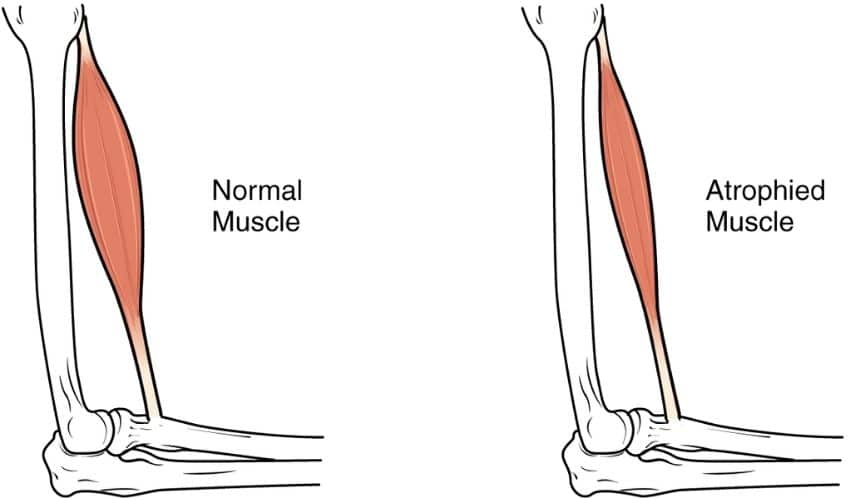
Sarcopenia is another term for muscle loss most commonly caused by aging. Although it is natural to lose some strength as we age, sarcopenia can shorten life expectancy and cause difficulty when performing routine activities. The good news is that not only is this condition preventable, it’s also reversible.
Studies have shown that the best way to do this is with exercise. Although most forms of exercise can be beneficial, resistance training is particularly effective in preventing and reversing sarcopenia. There are also certain lifestyle habits that can accelerate muscle loss and should be avoided.
Signs Of Sarcopenia

Sarcopenia becomes much more common after age 50. Around this time, adults begin to lose a percentage of their muscle strength every year. As we age, our bodies become resistant to normal growth signals. We begin to lean toward the cell teardown process known as catabolism and muscle loss.
RELATED: 82-Year Old Bodybuilder Fights Off Young Intruder In Her Home
The most obvious symptom of sarcopenia is diminished muscle strength. This may present itself in things like having difficulty lifting familiar objects, walking more slowly, fatiguing more easily, and becoming less active. Unintentional weight loss can also be a sign of sarcopenia.
Factors That Accelerate Muscle Loss
Although sarcopenia is mostly caused by aging, there are several factors that can accelerate muscle loss. The most obvious of these is immobility. This can be from leading a sedentary lifestyle or having to stay in bed from injury or illness. Interestingly, astronauts also experience accelerated muscle loss from spending long periods of time in a confined space with zero gravity.
Chronic diseases that cause inflammation (such as COPD or lupus) can accelerate muscle loss. This is because the normal balance of muscle teardown and healing is disrupted. Severe stress and poor diet can also worsen sarcopenia.
The Best Way To Fight Sarcopenia
Studies have shown that the best way to fight and even reverse sarcopenia is through exercise. Resistance training (weightlifting, using resistance bands, etc.) is the most effective way to promote muscle growth. Other exercises, such as cycling, jogging, walking, or hiking, have been shown to prevent and reverse sarcopenia when combined with resistance and flexibility training. However, it is unclear whether aerobic exercise without resistance training would work as effectively.
Diet in combination with resistance training can also help fight sarcopenia. Foods high in protein and omega-3 fatty acids contribute to muscle growth. Vitamin D supplements also appear to be beneficial, although the reasons why are not entirely clear. Even taking a small creatine supplement in combination with resistance training has been shown to increase the benefits of resistance training exercises.
